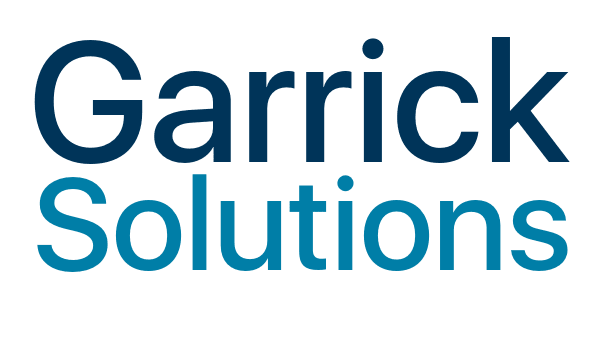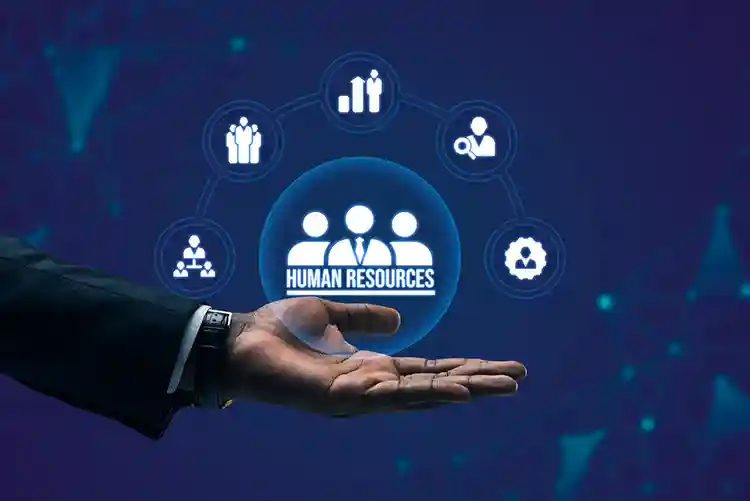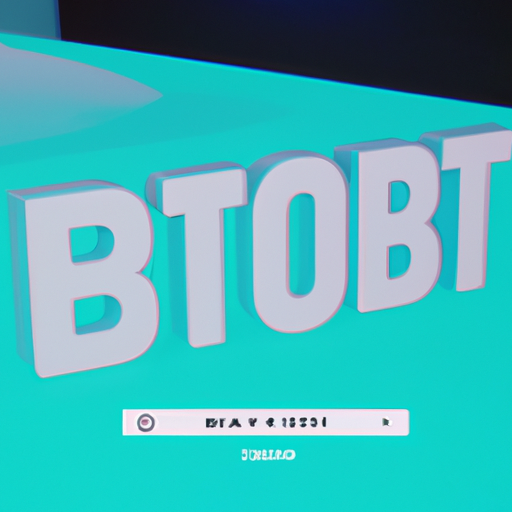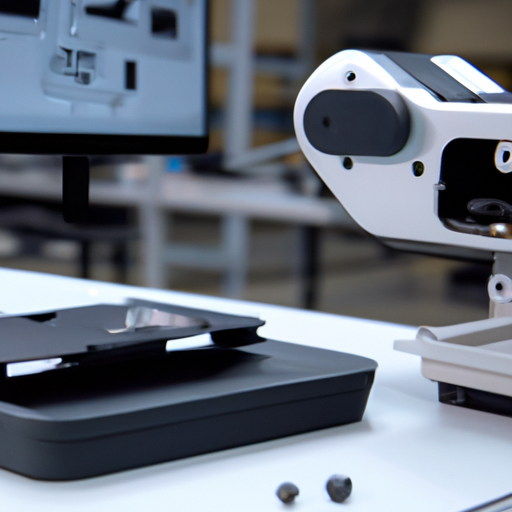
Are you tired of managing your workforce manually? Are you looking for a more efficient solution to streamline your HR processes? Well, look no further! In today’s fast-paced business world, integrating Human Resources Information System (HRIS) with Payroll and Timekeeping Systems is the key to efficient workforce management.
Imagine a world where all your HR tasks are seamlessly integrated, making your life easier and your HR department more effective. With HRIS, you can centralize your employee data, automate payroll calculations, and track employee attendance with ease. Gone are the days of sifting through piles of paperwork and manually inputting data into multiple systems.
By integrating HRIS with Payroll and Timekeeping Systems, you can ensure accurate and timely payment of wages, eliminate errors in attendance tracking, and optimize your HR processes. This integration allows for real-time data synchronization, ensuring that your payroll and timekeeping systems are always up to date. With just a few clicks, you can generate comprehensive reports, analyze employee data, and make informed decisions to drive your business forward. So, don’t wait any longer – integrate your HRIS with Payroll and Timekeeping Systems for efficient workforce management and take your HR department to the next level!
Integrating Human Resources Information System (HRIS) with payroll and timekeeping systems is crucial for efficient workforce management. By connecting these systems, organizations can streamline processes, reduce manual data entry, and ensure accurate payroll and time calculations. With an integrated HRIS, employee information can seamlessly flow between HR, payroll, and timekeeping departments, eliminating the need for duplicate data entry and reducing errors. This integration also enables better visibility into workforce data, allowing managers to make informed decisions about scheduling, staffing, and resource allocation. Overall, integrating HRIS with payroll and timekeeping systems optimizes workforce management and improves operational efficiency.
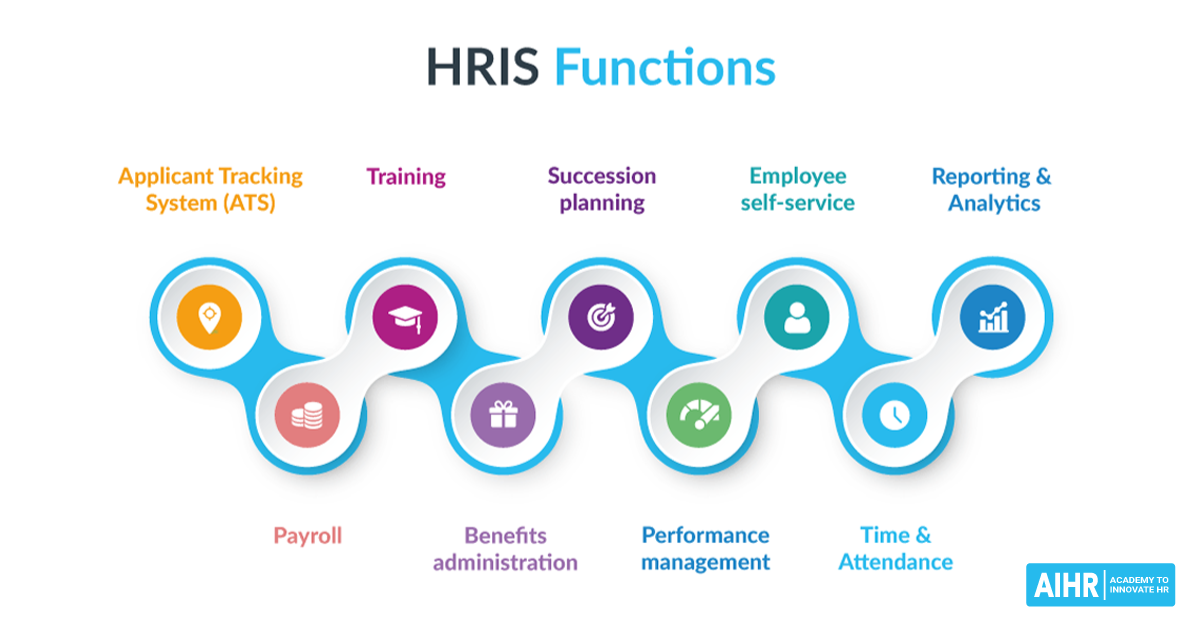
Integrating Human Resources Information System (HRIS) with Payroll and Timekeeping Systems for Efficient Workforce Management.
In today’s fast-paced business world, efficient workforce management is crucial for the success of any organization. One key aspect of workforce management is the integration of Human Resources Information System (HRIS) with payroll and timekeeping systems. This integration allows for seamless data sharing and streamlines various HR processes, resulting in improved efficiency and accuracy. In this article, we will explore the benefits and best practices of integrating HRIS with payroll and timekeeping systems.
Benefits of Integrating HRIS with Payroll and Timekeeping Systems
Integrating HRIS with payroll and timekeeping systems offers several benefits for organizations. Firstly, it eliminates the need for manual data entry and reduces the risk of errors. With automated data synchronization, HR information such as employee data, attendance records, and leave requests are seamlessly transferred to the payroll and timekeeping systems, ensuring accurate and up-to-date information.
Secondly, integration improves efficiency and saves time. HR professionals no longer have to spend hours manually inputting data or reconciling discrepancies between different systems. Instead, they can focus on more strategic tasks, such as talent management and employee engagement initiatives. Moreover, employees can access their own HR-related information, such as pay stubs and leave balances, through self-service portals, reducing administrative workload for HR staff.
Best Practices for Integrating HRIS with Payroll and Timekeeping Systems

While integrating HRIS with payroll and timekeeping systems can bring numerous benefits, it requires careful planning and execution. Here are some best practices to ensure a successful integration:
1. Define Integration Objectives
Before starting the integration process, clearly define your objectives. Determine what data and processes need to be integrated and establish realistic goals for the integration. This will help guide your decision-making throughout the process and ensure that the integration aligns with your organization’s strategic priorities.
2. Choose the Right HRIS, Payroll, and Timekeeping Systems
Choosing the right HRIS, payroll, and timekeeping systems is crucial for a successful integration. Look for systems that offer seamless integration capabilities, robust reporting features, and user-friendly interfaces. Consider factors such as scalability, vendor support, and compatibility with your existing technology infrastructure.
3. Map Data Fields and Workflows
Before integrating the systems, map out the data fields and workflows that need to be synchronized. Identify any data transformations or validations that may be required to ensure data accuracy and consistency. Work closely with your IT department or system integrators to develop a comprehensive data mapping plan.
4. Conduct Thorough Testing
Prior to going live, conduct thorough testing of the integrated systems. Test various scenarios, such as employee data updates, payroll calculations, and time and attendance tracking, to ensure that data flows correctly between the systems. Pay attention to any discrepancies or errors and address them before the integration is rolled out to all users.
5. Provide Training and Support
Once the integration is live, provide comprehensive training and ongoing support to HR staff, managers, and employees. Familiarize them with the new system functionalities and provide resources, such as user guides and FAQs, to help them navigate the integrated systems. Regularly gather feedback and address any issues or concerns to ensure a smooth transition.
Conclusion
Integrating Human Resources Information System (HRIS) with payroll and timekeeping systems is a strategic move for organizations looking to optimize their workforce management processes. By automating data synchronization and streamlining HR processes, organizations can improve efficiency, accuracy, and employee satisfaction. With careful planning, the right systems, and ongoing support, organizations can successfully integrate HRIS with payroll and timekeeping systems for efficient workforce management.
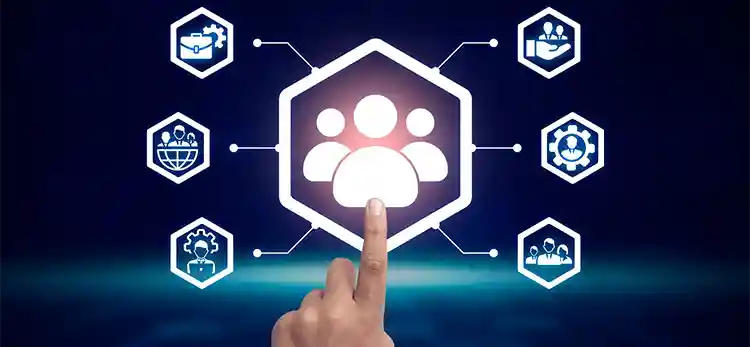
Key Takeaways
- Integrating HRIS with payroll and timekeeping systems can streamline workforce management.
- It allows for seamless data transfer between HRIS, payroll, and timekeeping systems.
- Efficient workforce management leads to increased productivity and cost savings.
- Automated processes reduce manual errors and save time for HR professionals.
- Integrating systems provides accurate and up-to-date employee information for payroll and timekeeping.
Frequently Asked Questions
What is the purpose of integrating HRIS with payroll and timekeeping systems?
Integrating Human Resources Information System (HRIS) with payroll and timekeeping systems serves the purpose of streamlining workforce management processes. By connecting these systems, organizations can automate and centralize HR, payroll, and timekeeping data, resulting in improved efficiency and accuracy. This integration allows for seamless data transfer between HRIS, payroll, and timekeeping systems, eliminating the need for manual data entry and reducing the risk of errors.
Furthermore, integrating HRIS with payroll and timekeeping systems enables organizations to have a holistic view of their workforce data. This comprehensive view allows for better decision-making regarding workforce planning, resource allocation, and compliance with labor regulations. Ultimately, the purpose of this integration is to optimize workforce management processes and enhance overall organizational efficiency.
What are the benefits of integrating HRIS with payroll and timekeeping systems?
Integrating HRIS with payroll and timekeeping systems offers numerous benefits to organizations. Firstly, it reduces administrative burden by automating data entry and eliminating the need for manual reconciliation between systems. This saves time and minimizes the risk of errors, ensuring accurate and timely processing of payroll and timekeeping data.
Secondly, this integration provides a centralized platform for managing workforce data. It allows HR, payroll, and timekeeping departments to access and share real-time information, facilitating better collaboration and decision-making. Additionally, organizations can generate comprehensive reports and analytics by combining HR, payroll, and timekeeping data, enabling them to gain valuable insights into workforce trends and performance.
How does integrating HRIS with payroll and timekeeping systems improve workforce management?
Integrating HRIS with payroll and timekeeping systems improves workforce management by promoting efficiency, accuracy, and compliance. With this integration, organizations can automate time tracking, attendance management, and payroll processing, reducing manual effort and ensuring accurate calculation of wages and benefits.
Furthermore, the integration enables organizations to enforce consistent HR policies and procedures across the entire workforce. By synchronizing HRIS, payroll, and timekeeping systems, organizations can ensure that employee data, such as job titles, pay rates, and leave balances, are consistent and up to date. This eliminates discrepancies and promotes transparency in workforce management processes.
Question 4: What challenges can arise when integrating HRIS with payroll and timekeeping systems?
Although integrating HRIS with payroll and timekeeping systems offers significant benefits, it can also present challenges. One common challenge is the complexity of system integration. Organizations may encounter technical difficulties when connecting different systems, especially if they are using legacy or incompatible software.
Another challenge is data synchronization and accuracy. Inaccurate or incomplete data can lead to errors in payroll processing and timekeeping calculations. It is essential for organizations to ensure data integrity and establish robust data validation processes to mitigate these challenges.
How can organizations ensure a successful integration of HRIS with payroll and timekeeping systems?
To ensure a successful integration of HRIS with payroll and timekeeping systems, organizations should follow certain best practices. Firstly, they should conduct a thorough analysis of their existing systems and processes to identify potential integration points and requirements.
Organizations should also invest in robust integration tools and technologies that support seamless data transfer and synchronization between systems. It is important to involve IT and HR professionals in the integration process to ensure technical expertise and alignment with organizational goals.
Furthermore, organizations should prioritize data accuracy and integrity by implementing data validation measures and conducting regular audits. Training and support for employees using the integrated system are also crucial to ensure a smooth transition and maximize the benefits of the integration.
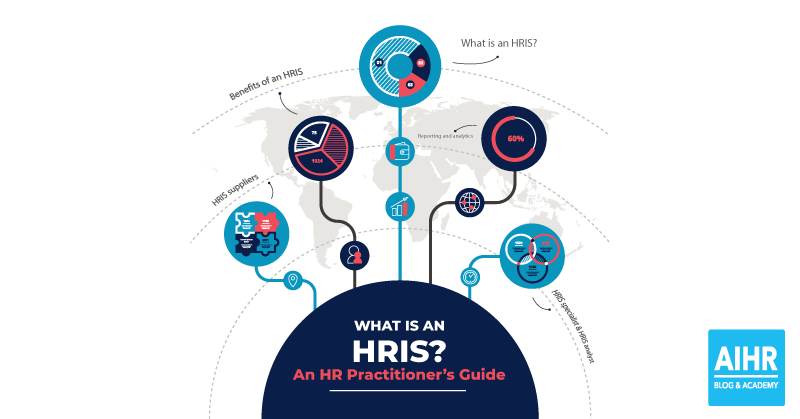
Final Summary
So, there you have it – the power of integrating your Human Resources Information System (HRIS) with your payroll and timekeeping systems for efficient workforce management. By combining these essential tools, you can simplify and automate key HR processes, saving time, reducing errors, and boosting productivity.
With HRIS integration, you can centralize employee data, making it easily accessible and eliminating the need for manual data entry across multiple systems. This eliminates the risk of data discrepancies and ensures that your HR, payroll, and timekeeping systems are always in sync. The seamless integration allows for real-time updates, accurate reporting, and streamlined workflows.
By leveraging HRIS integration, you can also enhance employee self-service capabilities, empowering your workforce to manage their own time-off requests, view pay stubs, and update personal information. This not only improves employee satisfaction but also reduces administrative overhead for your HR team.
Furthermore, the integration of HRIS with payroll and timekeeping systems enables you to automate critical processes such as payroll calculations, tax deductions, and compliance reporting. This not only saves valuable time but also minimizes the risk of errors, ensuring accurate and timely payment to your employees.
In conclusion, integrating HRIS with payroll and timekeeping systems is a game-changer for efficient workforce management. It streamlines processes, reduces administrative burden, improves data accuracy, and empowers employees. Embrace this powerful combination, and watch your organization thrive in the modern era of HR technology.

